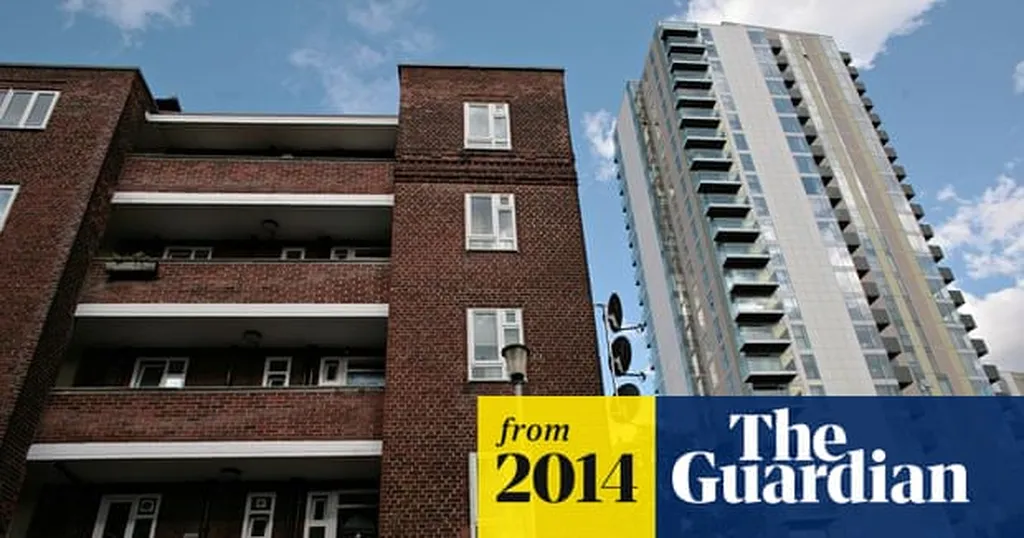In the heart of São Paulo, a bustling megacity where urban sprawl meets nutritional challenges, a groundbreaking study published in *Earth’s Future* is redefining how cities can ensure food security through urban agriculture. Led by Arianna Tolazzi from the Department of Civil and Environmental Engineering at Politecnico di Milano, the research offers a compelling vision of how urban spaces can be reimagined to improve nutrition security while addressing environmental and social inequities.
The study highlights the critical need to transform the current food system, which is not only damaging the environment but also exacerbating social inequalities and vulnerability to climate shocks. With global urbanization trends on the rise, the question of how cities will sustainably feed their populations has never been more pressing. Tolazzi and her team focus on soil-based urban agriculture (UA) as a potential solution to provide fresh, nutritious food to urban dwellers, particularly the most marginalized groups who are disproportionately affected by nutrition-related health issues.
Using São Paulo as a case study, the researchers identified optimal spaces for UA by considering natural and context-related factors. They selected crops based on the gap between the current diet of the population and a reference balanced diet. To maximize water use efficiency, they tested crops with an agro-hydrological model and optimized crop-area allocation to minimize irrigation water demand. The results are promising: an average hectare of urban garden in São Paulo could provide healthy food to more than 600 people. On a city-wide scale, theoretical implementations could reach 13%–21% of the city’s population.
“This demonstrates UA’s high potential for significant fresh and nutritious food production,” Tolazzi explains, “but also the trade-offs that emerge when upscaling its implementation.”
The study’s findings have significant implications for the agriculture sector. Urban agriculture presents a commercial opportunity to develop innovative farming techniques tailored to urban environments. This could lead to new business models focused on vertical farming, hydroponics, and other space-efficient methods that maximize yield in limited urban spaces. Additionally, the integration of technology, such as agro-hydrological models, can optimize resource use and improve crop resilience, offering new avenues for agri-tech startups and established agricultural companies to explore.
Moreover, the research underscores the need for a holistic approach that considers both biophysical and socio-economic factors. While the study provides a robust framework for urban agriculture, it also acknowledges the need for further research into the socio-economic aspects of implementing such strategies at scale. This opens doors for collaboration between urban planners, policymakers, and the private sector to create sustainable and equitable food systems.
As cities around the world grapple with the challenges of food security and nutrition, the insights from this study offer a blueprint for rethinking urban spaces. By leveraging urban agriculture, cities can not only enhance food security but also promote environmental sustainability and social equity. The research by Tolazzi and her team serves as a catalyst for future developments in the field, inspiring innovative solutions that can transform urban landscapes into hubs of nutritious, sustainable food production.

